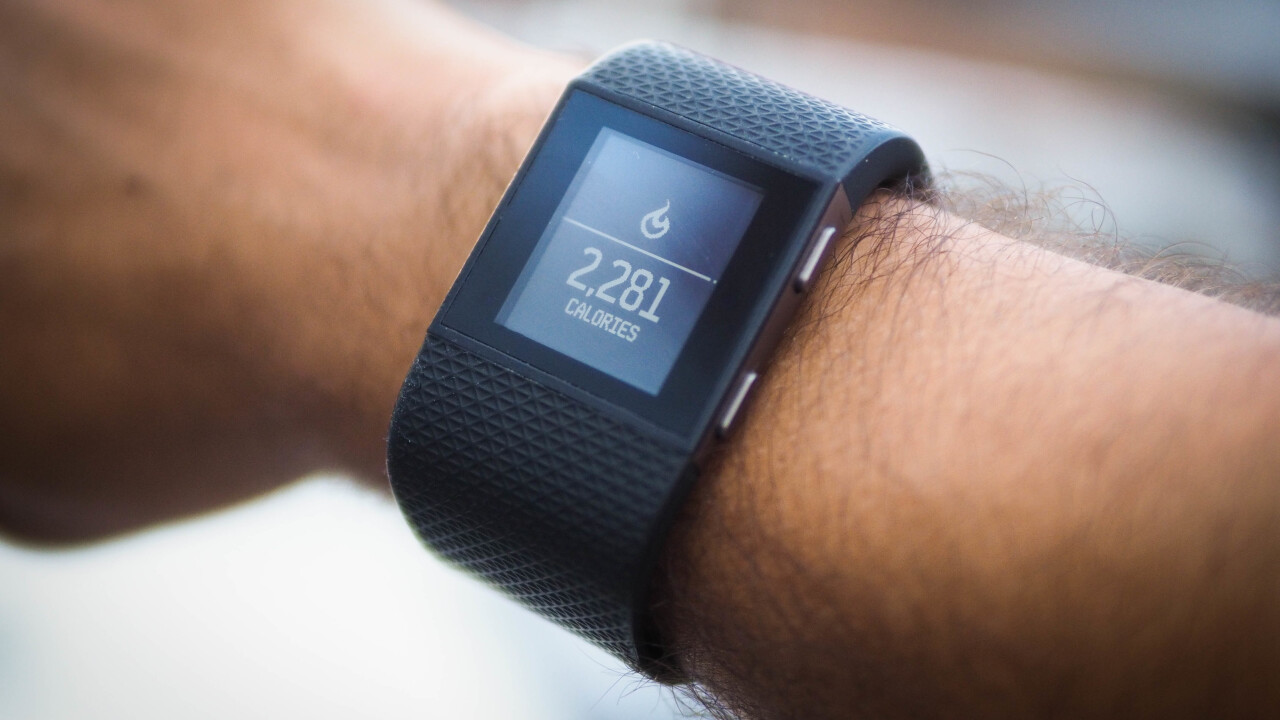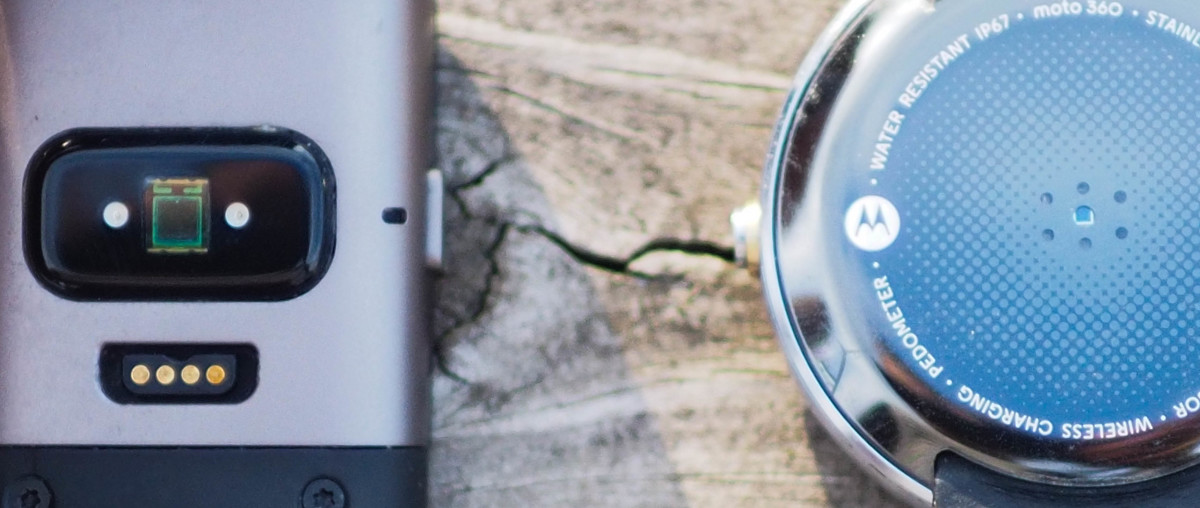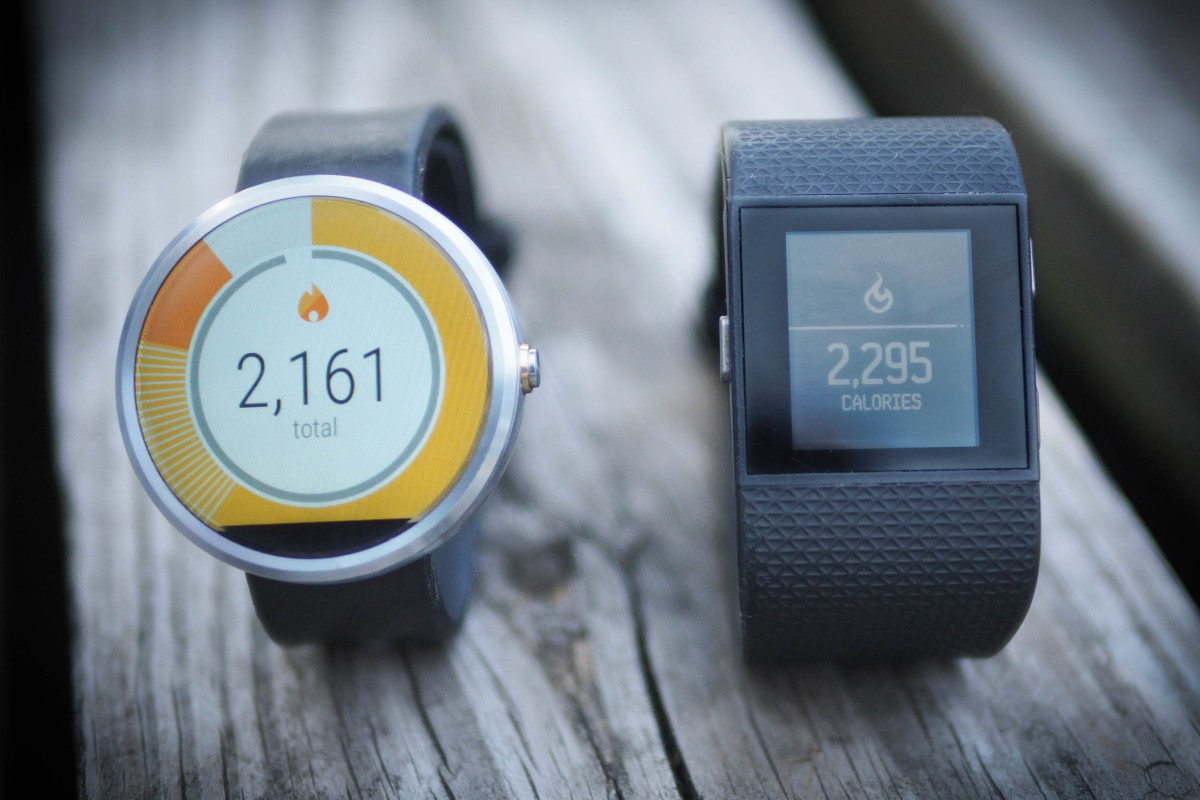
Losing weight is hard work, but it’s also incredibly rewarding. Like many others, I committed myself to shedding fat for the new year, and managed to drop about 28 pounds in three months while adhering to a rigorous diet. Sticking to such a routine is grueling though, so I looked to technology for help during the final stretch.
The Fitbit Surge was my weapon of choice, enticing me with its claims of superior heart-rate monitoring, GPS and the company’s established pedometer technology. The hope was that accurately measuring my daily calorie burn would mean I would always know how much extra food I’d ‘earned’ and be motivated to exercise more. The only way to truly test its reliability would be to try it over an extended period of time.
To my surprise, it didn’t disappoint: using it for a month and following its calorie counts to the tee, I lost 10 pounds, exactly what I was aiming for.
Problem is, I’m not sure how long I want to keep wearing it.
Losing weight with Fitbit is a numbers game
Disclaimer: I’m not a doctor, and my experiences won’t apply to everyone. That should be obvious, but there you go.
In theory, losing weight should be pretty simple: decades of research show that if you consume less food than your body uses up, you’ll shed the pounds.
The hard part is figuring out how much you’re burning, and that’s where the Surge comes in; it estimates your total daily energy expenditure (TDEE) by combining your personal stats with 24/7 heart rate monitoring. Accurately tracking calories is tricky business, and your mileage will likely vary, but in my particular case, the results speak for themselves.
Fitness trackers that use a pedometer alone are notoriously inaccurate, which is why I wanted something with at least a heart rate monitor. Most new smartwatches have one of those too, but they only measure your pulse intermittently to save battery. They also generally use weaker sensors; my Moto 360 claims some tracking prowess, but its heart rate sensor was so erratic – especially while sweating, ironically – that I had long given up on it as a serious fitness aid.

On average, I ate around 1,000 calories less than my TDEE, which equates to two pounds lost per week (1 lb of fat = 3,500 cals). Due to natural fluctuations, some weeks I’d only lose one pound, others three, but the rolling average was on point.
Some more background and context:
- I didn’t just shed water weight, as typically happens when people experience dramatic weight loss after just a week or two of working out. I’d already dropped 18 pounds by the point I’d even tried the Fitbit.
- Since our bodyweights fluctuate naturally throughout the day, I weigh myself in the morning immediately after waking up, and take weekly averages. That helps you see trends and understand what kind of foods cause you to retain water.
- I don’t do high intensity cardio. My regimented exercise comes almost exclusively from strength training for about 30-45 minutes three times a week, although as a photographer I do enjoy going on long walks
on the beach. - I already have a few ‘cutting’ cycles under my belt; I first shed 50 pounds about four years ago.
- I cook most of my own food, so I know exactly what I’m eating (a cheap food scale is tremendously useful).
- I took a break after the first three months and used the Fitbit instead as guide to maintain my current weight for a couple of months. I gained a few pounds back due to some slacking off (AKA lots of pizza), but I’ve since resumed cutting to similar results.
Calorie tracking: knowledge is power to lose weight
The most surprising thing about dieting with the Fibit was that though I was losing weight at a similar rate as I was before, I ended up eating more than I had been. I even made some modest strength gains too – something pretty difficult for an intermediate to advanced lifter on such a heavy caloric deficit.
I chalk that up to the extra data. Whereas typically you try limiting yourself to a specific number of calories per day or week (and that had always always worked decently enough) the Surge helped make sure I ate the ‘right’ amount of calories, meaning I consumed as much as my body needed for how active I’d been for the past 24 hours.

Most metabolism calculators on apps like MyFitnessPal pin me at a TDEE of about ~2700 calories. I knew that amount was variable, but most of the time I just treated it as a fixed number. That can lead to a pretty boring food pallet, and makes dealing with cravings tough, particularly given I don’t do much high intensity cardio to earn extra calories.
But the Surge’s all-day monitoring made me realize that my TDEE often fluctuated dramatically when I least expected it to, and so could the amount of food I could afford to eat while still making progress.
For example, on days I’d be covering a tech event on the field, I’d often find myself burning through 4,000 calories a day. Who knew nerd gatherings were such a work out? It’s the type of thing I wouldn’t normally think of as an active experience, and much less as exercise, but according to the Fitbit, I might as well have been jogging for a couple of hours.

It makes sense if you think about it though; I’d be walking around venues – heck, running if I was late – lugging around both my laptop and camera gear, and generally moving a lot more than on the average workday.
I gained a broader definition of what being ‘active’ means. Little things like taking the stairs instead of the elevator, walking instead of riding the subway or even just switching to a standing desk begin to add up in tangible, quantifiable ways. Fitbit then forwarded that information to MyFitnessPal, which I used to track my diet and see remaining calories every day.
On other occasions, working from my couch or bed all day meant my metabolism was running at a bare minimum, leaving me at a TDEE of only about 2,300 calories, so I’d have to adjust my eating accordingly.

You might think all of this is too much of a hassle or worse – that it takes the joy out of eating. But it’s the opposite for me: it puts me in control of my own body. If you’ve ever struggled with your body weight, you can probably understand how valuable that feeling of control is.
With the Surge, I knew how much food my body needed to function properly. It also meant knowing which days I could afford to eat that extra scoop of ice cream, and if I hadn’t earned it, I could make up for it without feeling guilt about my indulgences. Besides, being more active means I get to eat more as well.
It all mounted less cravings and less guilt, but more progress. The extra knowledge made dieting with the Fitbit the most pleasant weight loss routine I’ve tried.
“Why are you wearing two watches?”
Here’s the caveat though: I don’t like wearing the Surge.
It’s not a pretty device, and my black unit is ‘okay’ at best. I wear suits and blazers pretty often, and there’s just no way around the aesthetic clash. The Surge is chunky, you can’t casually slip it under a blazer and the sharp edges on either side of the screen mean it has a tendency to catch on long sleeved shirts.
It’s bland yet oddly conspicuous, and strapping on the Surge every morning feels like making a statement akin to that one dude that seems to only ever wear Under Armour. And though my experiences center around the Surge, it’s a recurring theme for many fitness trackers, especially those that try to look like a smartwatch but have few smartwatch features (with arguably a few exceptions).
Ultimately, I wear the Surge because the data is useful, not because I enjoy it. That may seem shallow, but it’s a problem for something that you’re supposed to have on your person all day.
It’s also where smartwatches differ. I do like wearing my Moto 360. Besides just looking nice, it’s useful in so many other ways: it helps me find information, send quick texts, start a playlist, navigate the city and do infinitely more through the magic of apps. Smartwatches aren’t for everyone, but they’re still part of a nascent market not limited to a single niche; my life is about more than my diet and gym routine.

Granted, I was spoiled by being a longtime Pebble and Android Wear user, so after trying the Fitbit exclusively for a while, I ended up wearing the 360 on my left wrist, and the Fitbit on the right. It looks kind of ridiculous, and I get asked about it all the time, but I missed the functionality. I won’t keep that look forever though; when I reach my weight goal, it’ll be the Fitbit that goes, not the 360.
I can’t help but feel smartwatches will do to the fitness tracker what smartphones did to the point-and-shoot camera. Sure, trackers will stick around as cheaper and/or more focused alternatives, but as smartwatch health technology improves, the reasons to go with a Fitbit or Basis Peak over the latest Apple Watch or Android Wear device will continue to diminish. Fitbit even acknowledged that fear in its IPO filing.
That’s not to say fitness companies can’t stay ahead of the game. At the very least, they’ll have to expand smartwatch features beyond barebones SMS notifications and music controls, and make them a lot sleeker too.
In my ideal world, Fitbit would release a device with an e-ink or Mirasol color display running on Android Wear, but implementing its own tracking hardware and software; that way it could keep its excellent monitoring technology, provide all the functionality of Android, and maintain the long battery life expected from trackers. It would also actually look like a watch.
That’s just a pipe dream for now though. In the meantime, I’ll keep wearing the Surge as long as I need to, but it’s a shame to know it’s just a temporary love affair.
Get the TNW newsletter
Get the most important tech news in your inbox each week.





